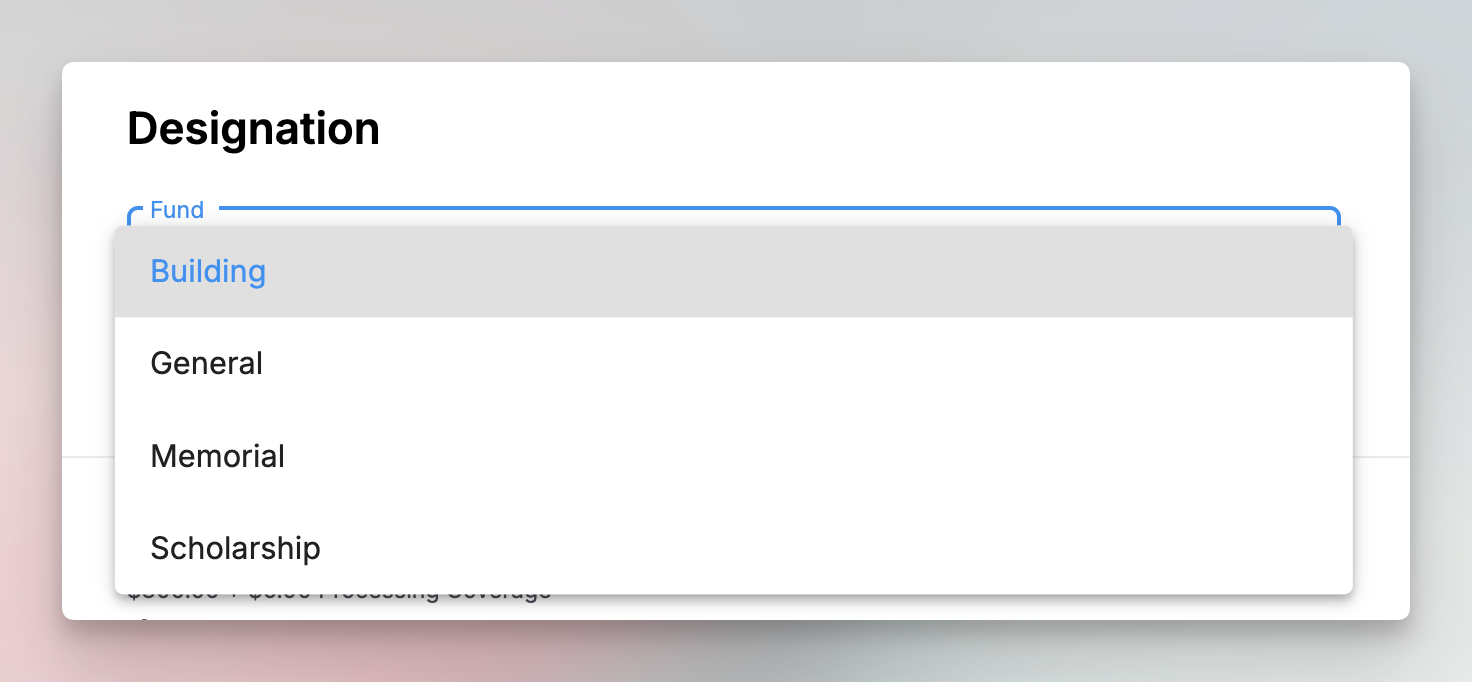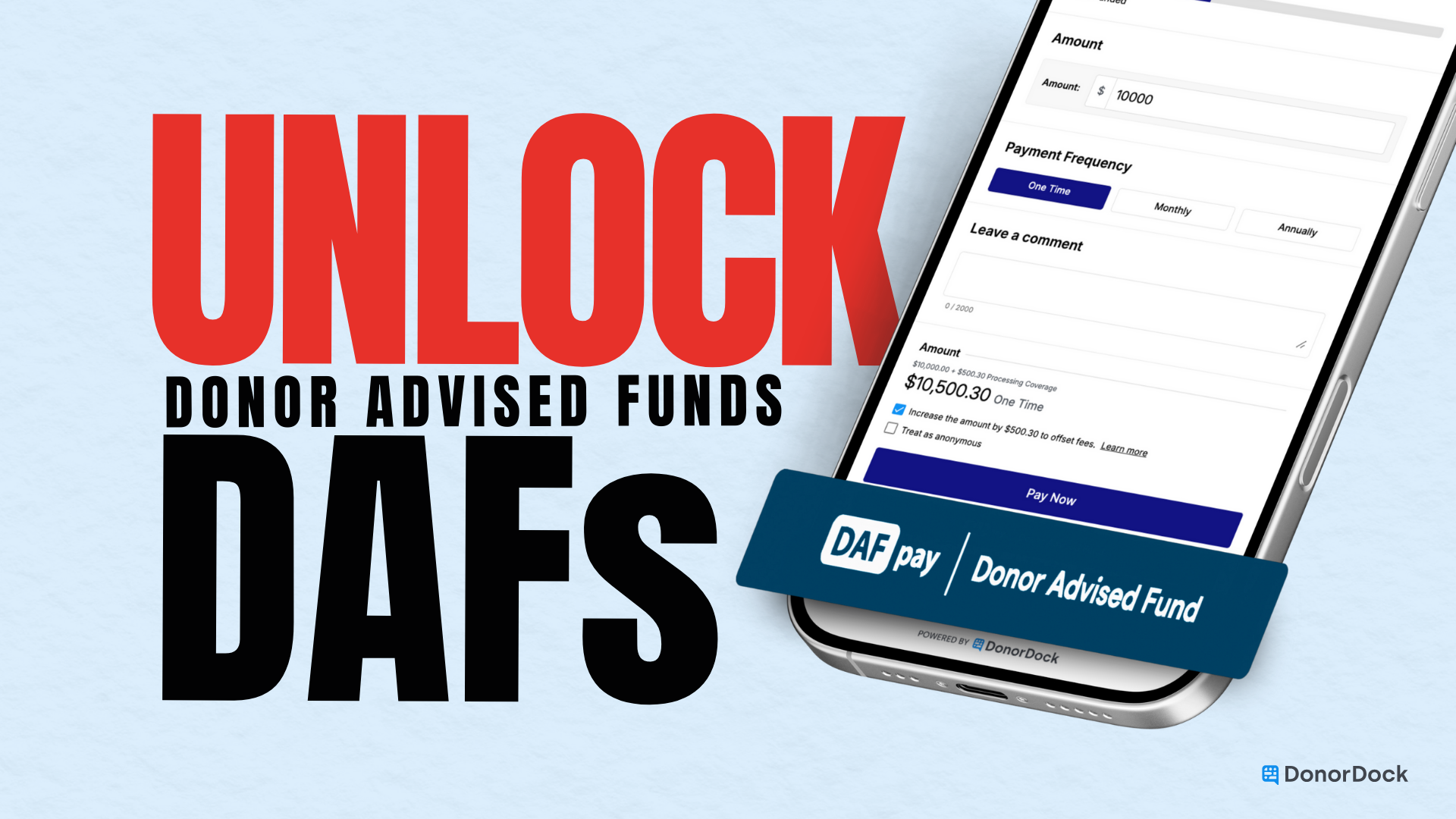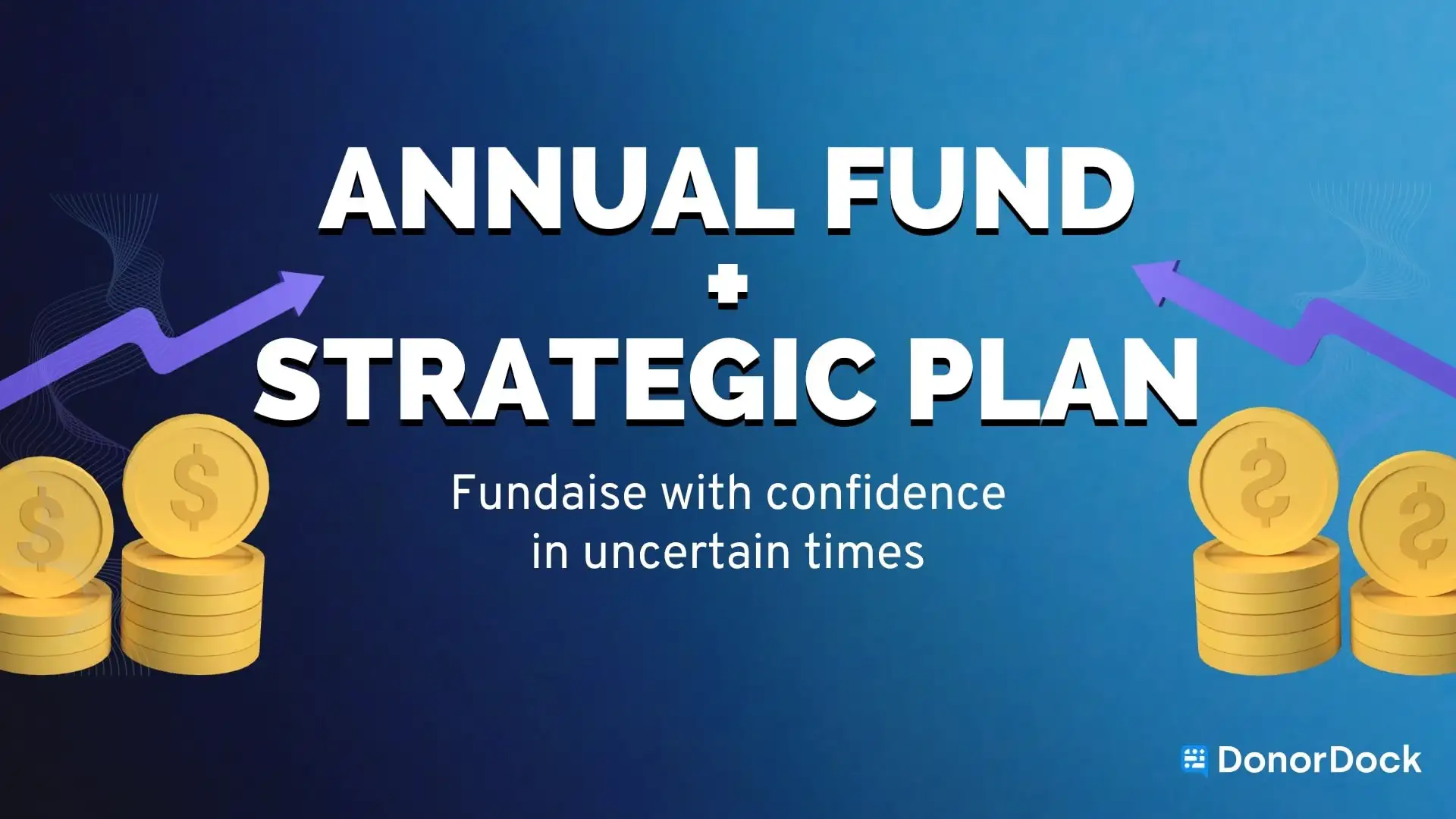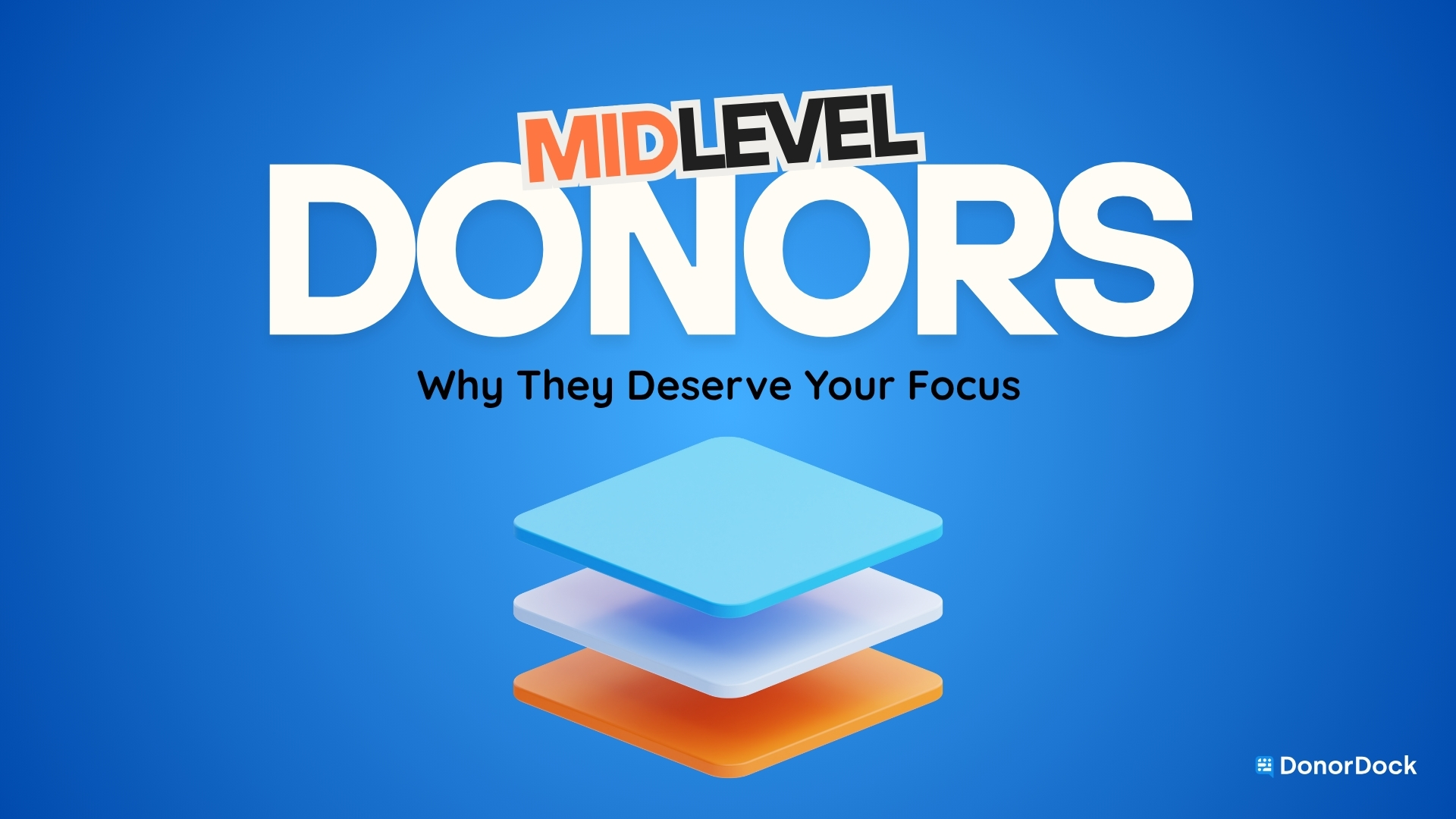Fundraising is changing. The way people give today isn’t the same as it was even five years ago. And few trends show that shift more clearly than Donor-Advised Funds (DAFs). Once seen as a tool for ultra-wealthy donors, DAFs have become one of the fastest-growing vehicles for charitable giving in the U.S.
For small and growing nonprofits, that’s both a challenge and an opportunity. The challenge? DAFs don’t operate quite like traditional gifts, so it can be hard to track or steward them well. The opportunity? With the right systems, DAFs can transform from unpredictable gifts into a reliable stream of support for your mission.
Why DAFs Are Too Big to Ignore
The scale of DAFs today is staggering. According to the National Philanthropic Trust’s 2024 DAF Report, charitable assets held in DAFs reached $251.5 billion in 2023, a nearly 10% increase from the year before. In that same year, donors recommended more than $54 billion in grants to nonprofits. Even more impressive: the payout rate was about 23.9%, more than double the 5% minimum required of private foundations.
And while contributions into DAFs dipped by about 21% in 2023, a reflection of broader economic uncertainty, the overall pool of assets kept growing, creating a larger reservoir of funds waiting to be distributed (NonprofitPro).
For small nonprofits in particular, DAFs are quickly becoming a critical piece of the revenue puzzle. Research from Candid shows that DAF giving now accounts for around 15% of revenue for many smaller organizations, up from just 6% a few years ago. In fact, more than 80% of nonprofits reported that their DAF revenue grew year-over-year in 2024, with half of them seeing increases of 30% or more.
The message is clear: DAFs aren’t a fringe fundraising channel. They’re mainstream, and growing.
Understanding the DAF Donor Mindset
If you want to successfully grow DAF fundraising, it’s essential to understand how these donors think.
For one, DAF donors are planners. They’ve already set money aside for charity, which makes them some of the most intentional givers you’ll ever meet. But because they aren’t under pressure to distribute those funds right away, they can take their time deciding where to recommend grants.
That makes urgency and clarity critical. A study from Candid found that while many donors have DAFs, 37% didn’t use them for their most recent gift simply because the process felt confusing or cumbersome. Yet when they did use their DAF, the gifts were significantly larger—96% higher on average than other donations.
In other words: DAF donors are generous, but they need the giving process to be easy, transparent, and inspiring. If your nonprofit doesn’t make that clear, you risk losing those dollars to another cause, or letting them sit idle in an account.
DAF donors are generous, but they need the giving process to be easy, transparent, and inspiring.
How DonorDock Simplifies DAF Fundraising
Here’s the good news: while the mechanics of DAFs may feel complicated, managing them doesn’t have to be. DonorDock’s Online Giving and donor management features make it simple to attract, track, and steward DAF donors, even for small teams.
Make DAF Giving as Easy as One Click
The newest game-changer? DonorDock includes a DAF payment button directly on your giving pages. That means donors can recommend a grant from their DAF in the same way they’d make any other online gift, without leaving your site, searching for your EIN, or logging into a separate portal. This feature removes one of the biggest barriers to DAF giving: friction.

When giving feels simple and immediate, donors are far more likely to act now instead of putting it off.
Offer Clear Fund Designations
DonorDock lets you create specific funds or campaigns, so when DAF donors use the payment button, they can direct their grant toward a tangible project. Instead of writing a check into a general pot, they can choose “Emergency Relief Fund” or “Youth Technology Initiative.” That clarity builds donor confidence and makes impact reporting much easier for your team.

Track Soft Credits for the Right Recognition
Even though the grant technically comes from a sponsoring organization like Fidelity Charitable, the real champion is the donor who recommended it. DonorDock lets you assign “soft credits” so you never miss acknowledging the right person. This ensures your thank-you notes and impact updates build authentic donor relationships.
Automate Stewardship Without Losing the Human Touch
Stewardship is what transforms one-time DAF gifts into ongoing support. With DonorDock, receipts and thank-you notes are automatically sent as soon as a DAF grant comes in, while leaving room for your team to add personal touches. The result: donors feel appreciated right away and connected for the long haul.
Best Practices for DAF Fundraising
If you want to capture more DAF dollars, you’ll need more than a button on your website, you’ll need a strategy that builds clarity, urgency, and trust. Below are best practices you can put into action, with a bit of context on why they matter and how to implement them effectively.
Make DAF Giving Visible Everywhere
One of the biggest barriers to DAF giving is simply that donors don’t know it’s an option. Too many nonprofits bury this information, or worse, don’t mention it at all. If a donor doesn’t see that you accept DAF grants, they’re unlikely to go through the hassle of looking up your eligibility. That’s why it’s critical to talk about DAFs consistently across your channels. Add them to your “Ways to Give” page, mention them in email appeals, and highlight the option in year-end fundraising campaigns.
Repetition matters: the more visible DAF giving is, the more likely your supporters are to remember and use it.
Educate and Equip Donors
Even donors who have DAFs often aren’t sure how to use them. They may not know what information to provide to their sponsoring organization, or they might assume it’s a complicated process. You can eliminate that uncertainty by giving them the tools they need. Create a simple DAF guide or FAQ that lists your nonprofit’s legal name, EIN, and sample language they can copy when making a recommendation. Some nonprofits even provide a pre-filled form donors can send to their DAF sponsor. The easier you make the process, the more likely donors are to follow through—and the less likely they are to put it off.
Tell Stories That Show Impact
DAF donors aren’t motivated by tax breaks alone; they’re motivated by impact. Because they’ve already set money aside for charity, they’re looking for organizations that will use those dollars effectively and meaningfully. Generic appeals like “support our mission” often fall flat. Instead, tie your asks to tangible outcomes. For example: “A $5,000 grant from your DAF can fund 50 laptops for students this school year” or “Recommending a grant today will ensure 100 families have groceries by the holidays.” When you connect DAF giving to real-world impact, you inspire action and make it easy for donors to see the difference they can make.
Thank the Person, Not Just the Institution
When a DAF grant arrives, the check typically comes from Fidelity Charitable, Vanguard Charitable, or a community foundation. But that doesn’t mean your acknowledgment should stop there. Behind every grant is an individual or family who chose your nonprofit. If you only thank the institution, you miss the chance to deepen a personal relationship. DonorDock’s soft crediting makes it easy to track who recommended each grant so you can send personalized thank-you notes, impact updates, and invitations to stay engaged. That personal touch is what turns one-off grants into recurring ones.
Track and Analyze Trends Over Time
DAF gifts can feel unpredictable—but they don’t have to be. By tracking DAF activity in DonorDock, you can begin to spot patterns. Which projects or funds are attracting DAF dollars? Do certain donors recommend grants annually or seasonally? How long does it typically take for a recommended grant to arrive? These insights help you forecast cash flow, design targeted campaigns, and follow up at the right times. For example, if you notice most DAF grants arrive in December, you can adjust your year-end appeals to specifically remind donors to use their DAFs
Why Now Is the Time to Lean Into DAFs
DAFs are not going away. In fact, they’re one of the fastest-growing ways people give. With billions of dollars sitting in these accounts, nonprofits that fail to engage DAF donors risk leaving significant funding on the table.
The good news is, you don’t need a large development team or a complex infrastructure to make DAF fundraising work. With DonorDock’s Online Giving, you can reduce friction, increase transparency, and create meaningful connections with donors who have already set aside money for causes like yours.
When you combine smart tools with intentional storytelling and stewardship, DAFs stop being an afterthought. They become a reliable, growing part of your fundraising strategy, helping you focus on what matters most: advancing your mission.













